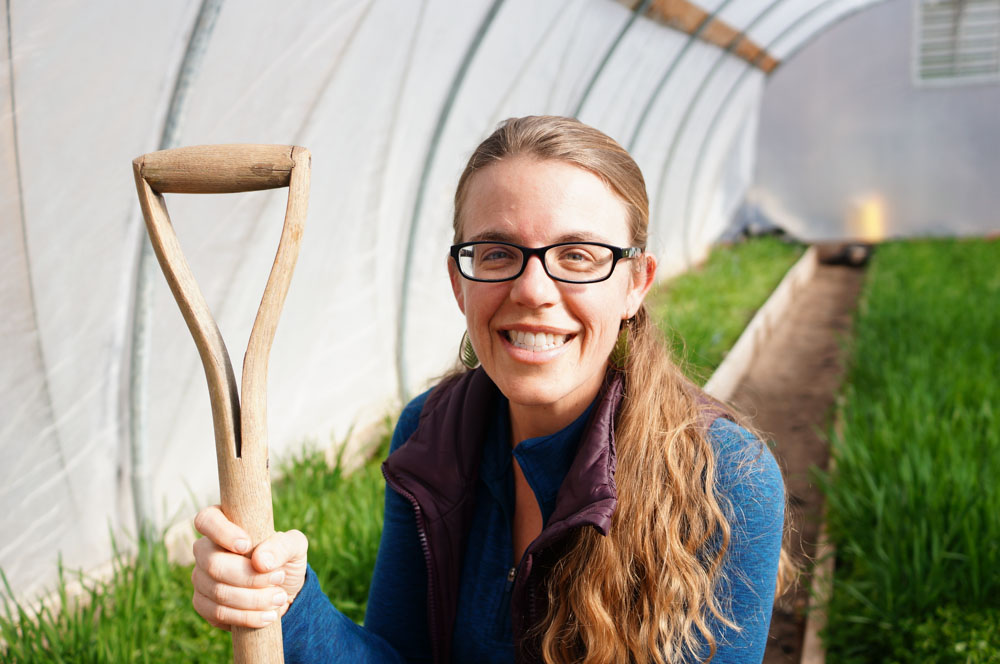The Importance of Wilderness Stewardship
In every walk with Nature one receives far more than he seeks — John Muir, naturalist
I grew up in the open plains of New Mexico, roaming the open prairie – mixed with sage and high grasses – creating forts in cottonwood thickets and climbing hills to find ruins of ancient native peoples. I learned early on to take care of nature because it took care of me. It was my friend and playmate. As I grew older, I began to attend a summer camp each summer, and it was here that I was introduced to the idea of wilderness stewardship. With so many children spending weeks in the woods, it was really important that we learn to walk with care, leave no trash, and take only what we needed.
Next week, Martin and Sylvia’s Nature School will be back with nine new stories to complete the series. To mark the occasion, we’ve collected the four-part Introduction for you in the Sparkle Store.
I’ve gathered below a few tips for both children and their grown-ups to learn how to take good care of our wild spaces – just like Martin and Sylvia do.
Taking care of nature is just like taking care of your home, because although it may seem like “the outside,” nature is as much your home as the place where you sleep is.

Tips for Wilderness Stewardship
Leave No Trace is the most important philosophy when stepping into any wilderness or natural area. It means that you leave the area as close to the way you found it or better. It consists of several rules:
- Walk lightly. And stay on the path so you don’t crush delicate plants and small insects. Some desert plants can take 50 years to grow back.
- Keep your noise level to that of nature. Blaring music, screaming, and yelling all disturb the birds and small and large animals alike.
- What you bring in, bring it out. Meaning if you bring things like snack wrappers and drink bottles, pack them out with you. Trash takes a very very very long time to decompose. It can choke water ways, and gets eaten by small animals and can kill them. You wouldn’t want some strange person walking into your house and dumping their trash on your living room couch.
- Take only what you need. This means that if you are collecting things from nature, only take a few and leave the rest for the plants and animals. For example if you find berries, remember that they are a food source for the local animals who can’t go to a farm or grocery store. Make sure there are enough berries to share; leave plenty for the animals.
- Do not defile nature. This is one that always brings pain to my heart when I come across a beautiful place and someone has carved their names in the tree bark or painted on rocks. If you feel you need to leave you mark in nature, do it in simple, unobtrusive way that can easily be taken away by nature. Here is a great idea inspired by our own Nature School Series.
Every Creature has a Right to Be There. This principle goes for every creature in nature, from the majestic stag to the tiniest ant. As humans, we are still part of the cycle of nature and so we have a right to be outside and enjoy ourselves – but so do all the other creatures. When you see a big spider or slithery snake, let them be. They are more scared of you than you are of them.

Part One: What to Do on Thursdays
In part one of four, Momma, Martin & Sylvia set intentions for how they want their “nature school” experience to be, and by…
Story Details »Not yet a subscriber? Try a free trial HERE.
About the authors
-

KC Pagano
ContributorKC is a full-time radical homemaker and mama to two spunky little girls. She writes about all kinds of radical goodness, from gardening and cooking with whole foods to crafting, sewing, homeschooling, and mama musings. Read more on her blog [The Nettlesome Life](http://nettlesome.life/).



